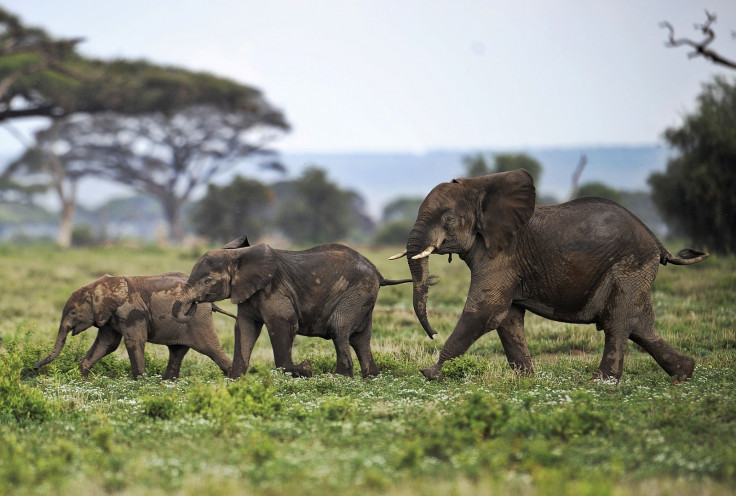Why did land mammals never reach the size of dinosaurs?

Around 150 million years ago, sauropods roamed the Earth, making them the largest ever land-dwelling species. The biggest of this species of dinosaur was the Argentinosaurus, stretching up to 35m in length and weighing up to 110 tonnes.
Then a comet struck the Earth, wiping out 95% of species and the biggest land inhabitants to have ever walked the terrain. Since then, nothing on land has grown to the size that can even compare to our giant reptilian ancestors.

The largest species at this moment in time is the African bush elephant with a length of 6m and an average weight of 4.9 tonnes - just 4.5% of the mass of the Argentinosaurus. As the dinosaurs died out, mammals grew in size and population over the next 65 million years but never reached the size of our predecessors, which dominated land before our kind took over.
The Paraceratherium – a relative of the modern day rhinoceros – was the largest ever land mammal, weighing in at 20 tonnes with a length of 7.4m, but still it would look a poodle if it were to stand next to the Argentinosaurus.
So why is that? Why have we, mammals as a collective and the dominant force on Earth, failed to emulate the dinosaurs in terms of size?
One reason is because that we're warm blooded. We have the ability to regulate our own body temperature – otherwise known as endotherms. To keep our body temperature at a constant rate requires a lot of energy. In fact, if a mammal and a reptile were the same size, the mammal would be using 10 times more energy to keep the temperature at a constant rate.
Humans need a constant heat of around 37C just to keep on existing, whereas cold-blooded animals such as lizards and dinosaurs kept warm from the sun – giving them enough spare energy to put it into growing. Biologist Felisa Smith, of the University of Mexico, compiled a study on this subject. She highlights another reason for our pigmy size compared to the dinosaurs.
She explained in an interview with Earth Sky: "Our study suggests that the constraints acting on maximum body size of mammals were twofold. Temperatures constrains mammal evolution. Colder temps permit larger body sizes. That may mean that it has to do with heat loading. Maybe, when you get too big, you can't get rid of excess heat. The second one is land area, which is probably a proxy for energy that's available to support populations of really large animals."
© Copyright IBTimes 2025. All rights reserved.






















